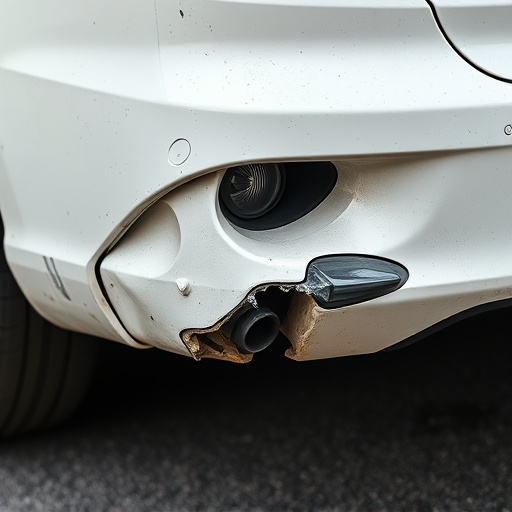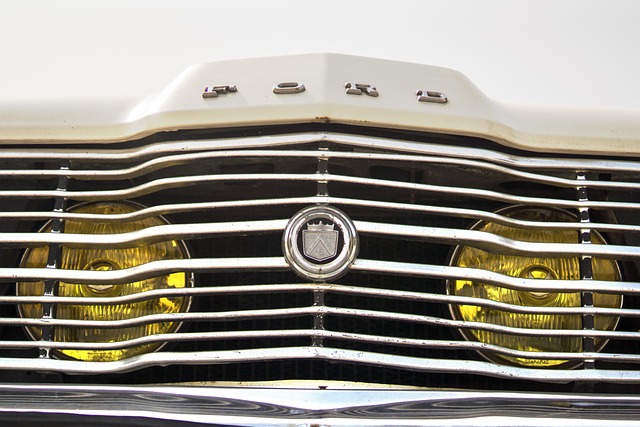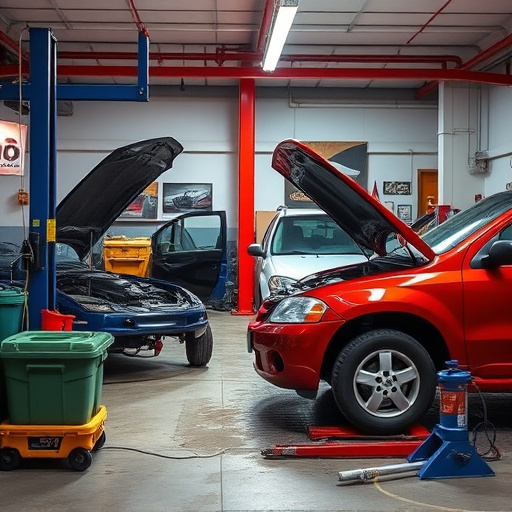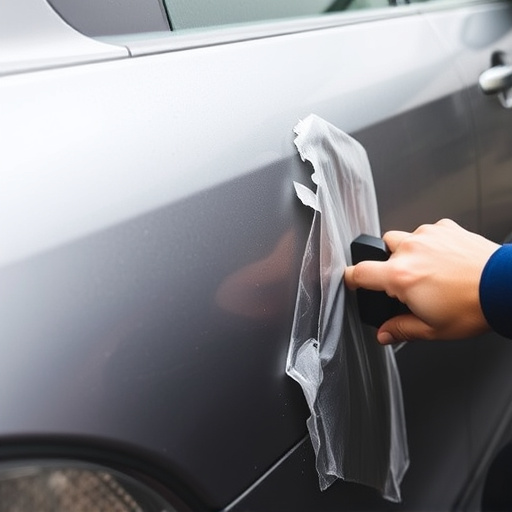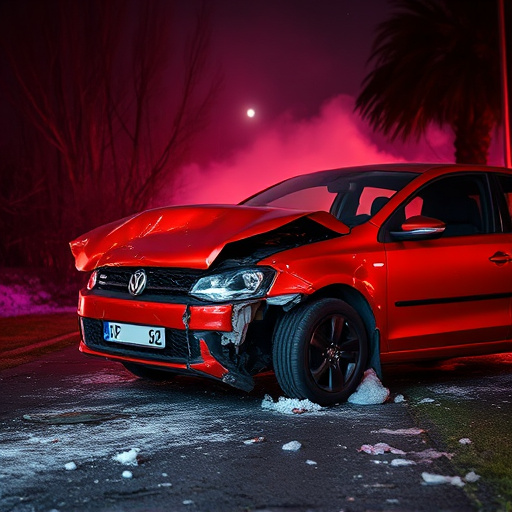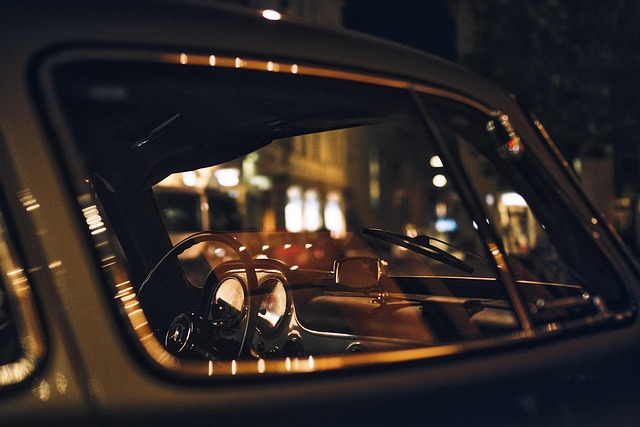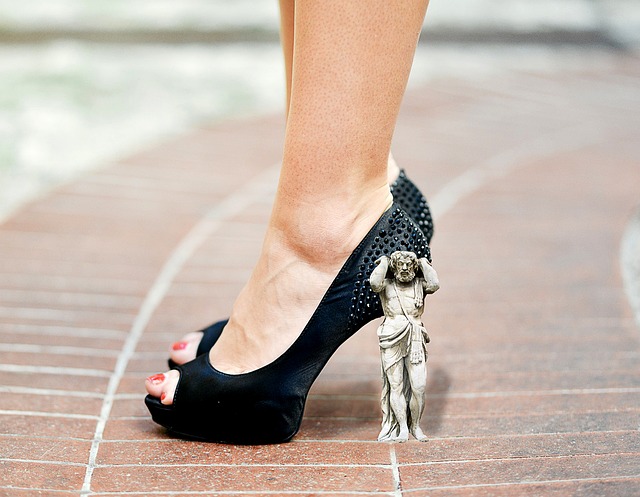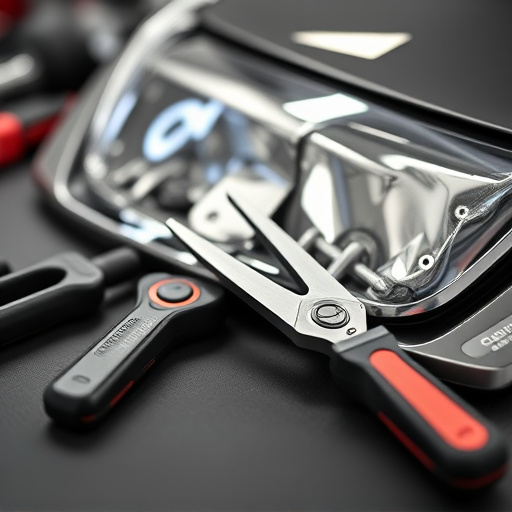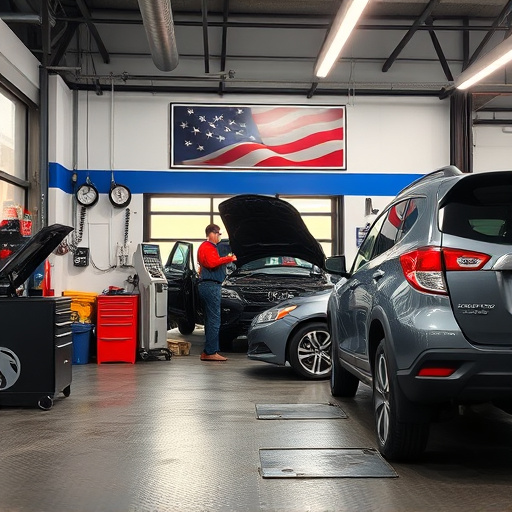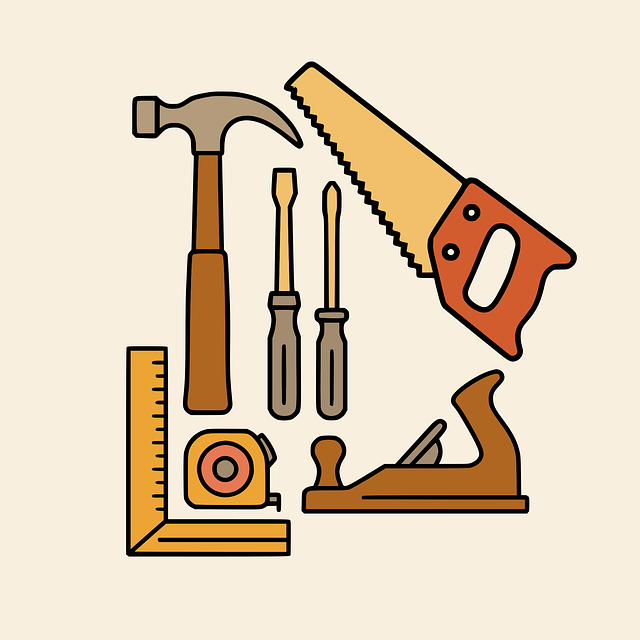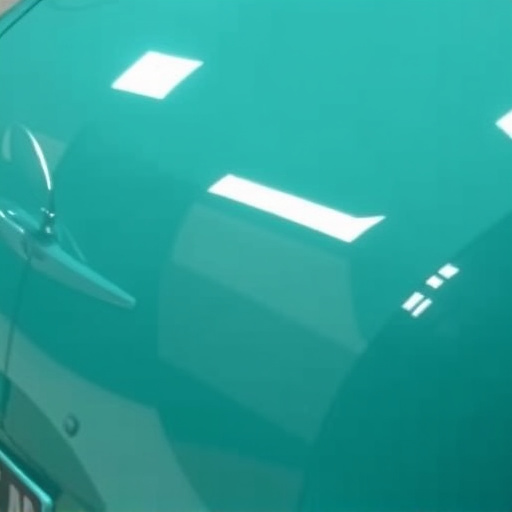Inadequate preparation is a leading cause of poor results in auto paint repair. Thorough cleaning, sanding, and priming are essential to prevent issues like bubbles, cracks, or an uneven coat. Uncleaned surfaces and improper priming (using incorrect primer or incorrect application) are major contributors to unsatisfactory outcomes requiring reworking. Rust treatment involves cleaning, scaling, and using specialized primers, while regular inspections, coatings, sealing waxes, and undercoat paints are crucial for long-term bodywork preservation.
In the realm of auto paint repair, achieving flawless results isn’t merely about applying color; it’s a meticulous art. However, many repairs fall short due to overlooked factors. This article delves into the top causes behind subpar auto paint jobs, including inadequate surface preparation, low-quality materials and tools, and a lack of proper training in techniques and curing processes. By understanding these issues, you can ensure superior auto paint repair outcomes.
- Inadequate Preparation and Surface Readiness
- – Uncleaned surfaces and improper priming
- – Lack of proper rust treatment and prevention
Inadequate Preparation and Surface Readiness
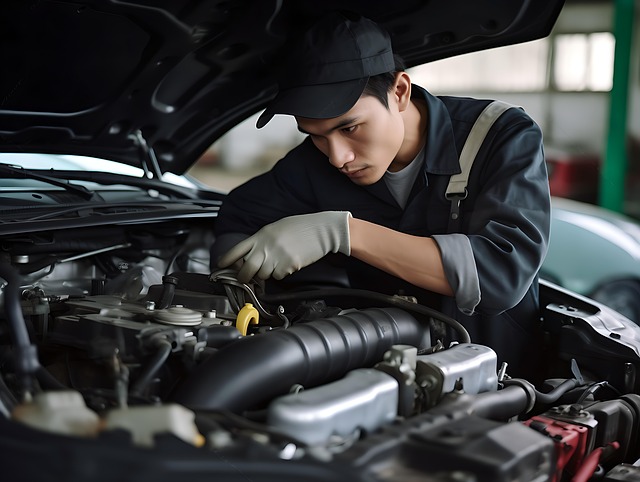
One of the primary factors contributing to poor results in auto paint repair is inadequate preparation and surface readiness. Before applying any new paint, the surface must be thoroughly cleaned, sanded, and primed to ensure a seamless finish. Failure to properly prepare the car’s panel can lead to bubbles, cracks, or an uneven coat, significantly compromising the overall quality of the repair.
This step is crucial in auto paint repair, as it involves removing any contaminants, such as dirt, grease, or old paint, that might hinder the adhesion of new layers. Moreover, proper surface readiness includes addressing issues like car dent repair, car scratch repair, and filling in any gaps or imperfections to create a smooth base for painting. Collision repair services often overlook this critical phase, leading to subpar outcomes that require reworking.
– Uncleaned surfaces and improper priming
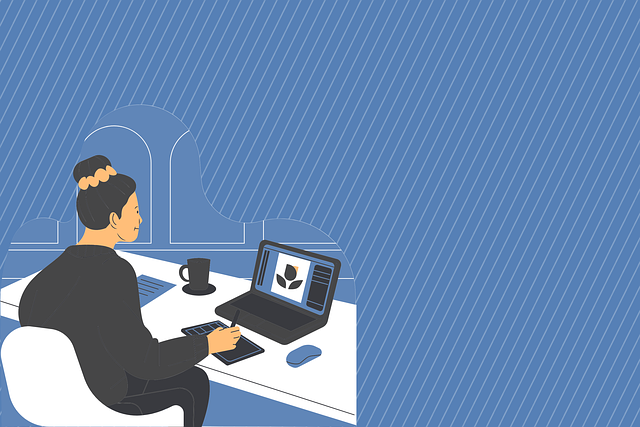
Uncleaned surfaces and improper priming are among the leading causes of poor results in auto paint repair. Before applying any new paint, it’s crucial that the surface is thoroughly cleaned and prepared. Debris, dust, grease, and other contaminants can hinder adhesion, leading to bubbling, peeling, or uneven application. Auto body shops often skip this critical step, assuming that a quick wipe-down is sufficient. However, this can result in long-term issues, as unclean surfaces create an impediment for the new paint to bond properly with the existing auto body.
Improper priming is another common pitfall. Primers act as a bridge between the base coat and topcoat, ensuring a smooth transition and enhancing adhesion. Using the wrong primer or failing to apply it correctly can cause issues like color mismatches, poor flow, and a rough finish. Dent removal processes often leave surfaces slightly distorted, necessitating careful preparation to ensure the primer and paint adhere evenly. Therefore, auto body shop professionals must pay meticulous attention to cleaning and priming to achieve high-quality auto paint repair results.
– Lack of proper rust treatment and prevention
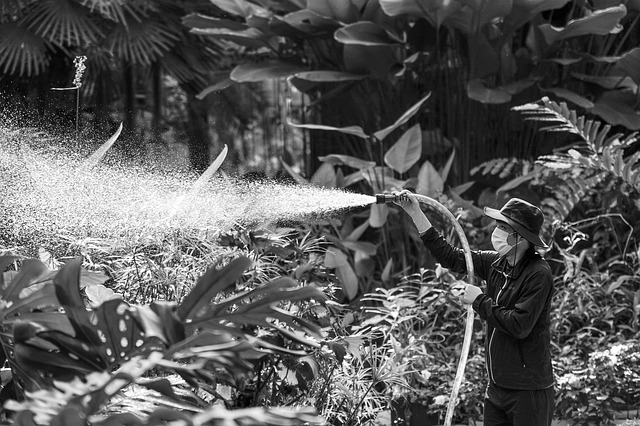
Rust is a common issue that can significantly impact the quality of auto paint repair work. It’s not just an aesthetic problem; rust penetrates metal, weakening its structure and compromising any new paint job. Proper rust treatment involves thoroughly cleaning the affected area, removing any scale or debris, and applying specialized primers designed to seal and protect against future corrosion. Failure to address rust properly can lead to blistering, peeling, and a poor finish that doesn’t last.
Preventative measures are key in auto paint repair. Regular inspections of a vehicle’s bodywork, especially in regions prone to moisture or salt, can catch rust in its early stages. Applying coatings, sealing waxes, and undercoat paints offer additional layers of protection for the metal surface beneath the paint. Keeping up with these maintenance tasks is crucial for preserving the longevity and integrity of auto bodywork, ensuring that any future repainting or repairs are more effective and long-lasting.
Poor results in auto paint repair often stem from overlooked preparation steps. Surfaces that aren’t properly cleaned and primed, along with inadequate rust treatment, can lead to faulty repairs. Ensuring these fundamental tasks are executed correctly is key to achieving long-lasting, high-quality auto paint jobs. By addressing these common issues, professionals can enhance their techniques and deliver superior results in auto paint repair.
